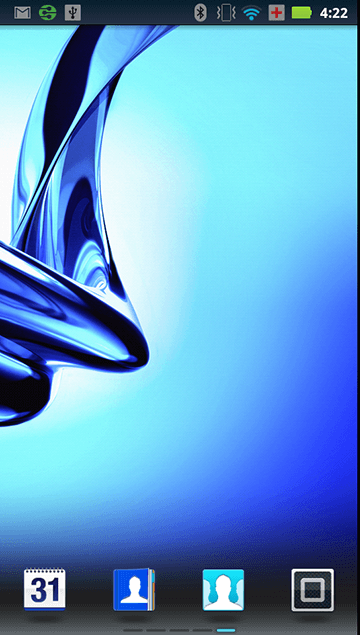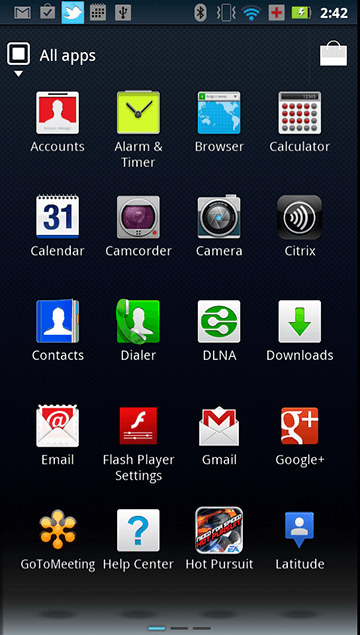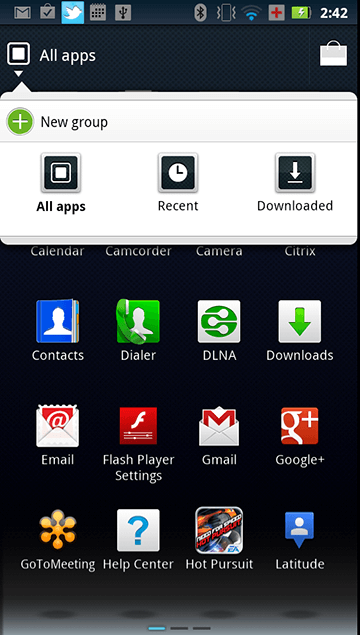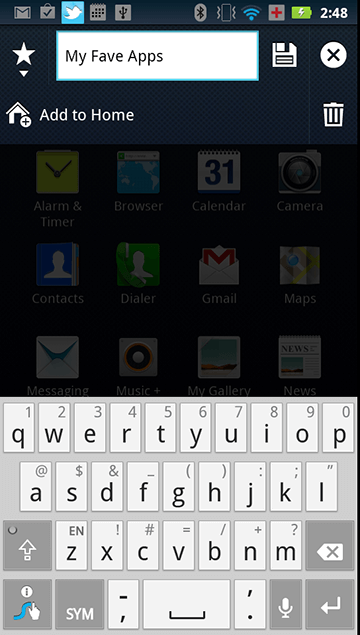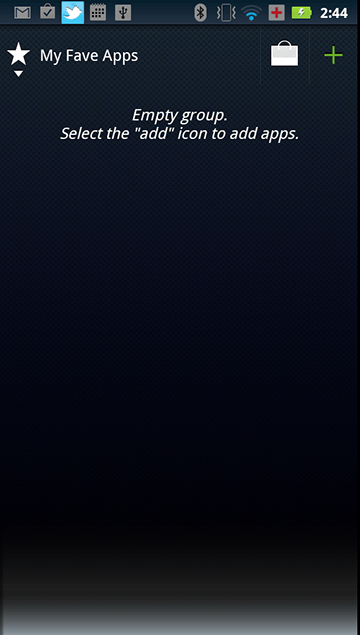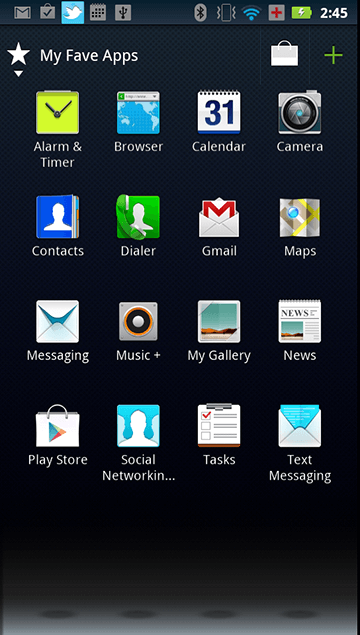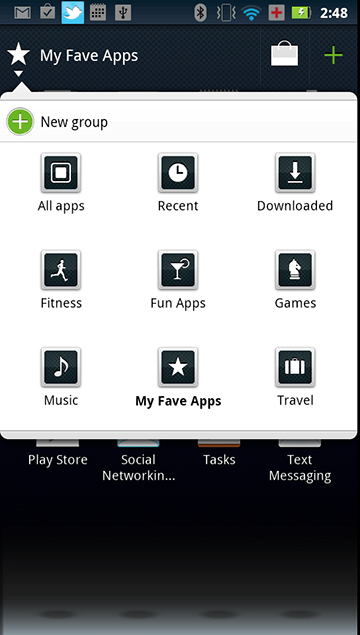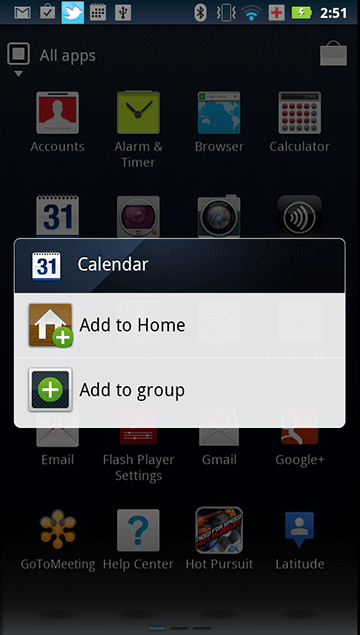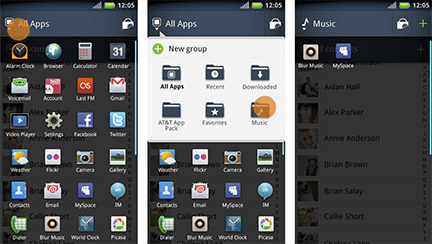Motorola Apps Launcher Experience (2010)
I was the lead UI designer on the MOTOBLUR Home Screen and related projects. One of our big projects for late 2010 was to add the ability for the user to better organize the "Apps Launcher." This screen shows all installed apps. The feature launched with "Blue Blur" devices in Spring 2011.
It was my concept to allow users to "tag" apps by putting them into "groups" rather than mutually exclusive folders, each with their own user editable name and icon. Other priority features were to allow the user to easily add the folder to the Home Screen, provide quick access to the Android Market, and to leverage the new Twitter-style UI patterns in the top command bar.
As Motorola moved to Android Ice Cream Sandwich is Summer 2012, the feature for grouping apps on this screen was one of the few legacy Blur features Motorola decided to keep. Eventually, this proprietary launcher experience was abandoned sometime after Google purchased Motorola.
My Role: Lead UX designer. Deliverables included concept designs and wireframes.
Home Screen
The Motorola Home Screen. To access the list of installed apps, touch the square button in the bottom right corner. (Motorola Atrix 2)
Apps Launcher Screen
The list of all apps installed on the device. Note the shopping bag in the upper right corner. We added this button as a shortcut to the Android App Store. This was an effort to encourage users to download more apps back when users were just starting to get used to the idea of "apps" on phones. (Motorola Atrix 2)
Groups Popup
The popup showing all groups. "Groups" are similar to folders. Groups allow an app to belong to multiple collections, whereas with folders, an app can belong to only one. These are the 3 default groups. (Motorola Atrix 2)
Group Editor
This is the UI for creating and editing an app group. For each group, the user can assign a name and an icon from a large collection we supplied. Using this UI, the user can also assign a shortcut to the Home Screen. (Motorola Atrix 2)
Empty Group
This screen shows the use case for an empty group, including a brand new one. It's always important to plan for an empty list. (Motorola Atrix 2)
"My Favorite Apps" Group
An example of a group a user has populated with lots of apps. (Motorola Atrix 2)
Groups Popup with User-Defined Groups
The popup showing all groups. The "All apps", "Recent" and "Downloaded" groups were default groups. Even as the user added new groups, these 3 remained in the top row. Others were displayed alphabetically. The user can assign an icon to any group from among a large collection we supplied. (Motorola Atrix 2)
App Context Menu
This is the context menu for an app. The goal was to make it easier for a user to add an app shortcut to the home screen and to uninstall an app. (Because this was a core app, it can't be uninstalled, so that option isn't shown.) (Motorola Atrix 2)

